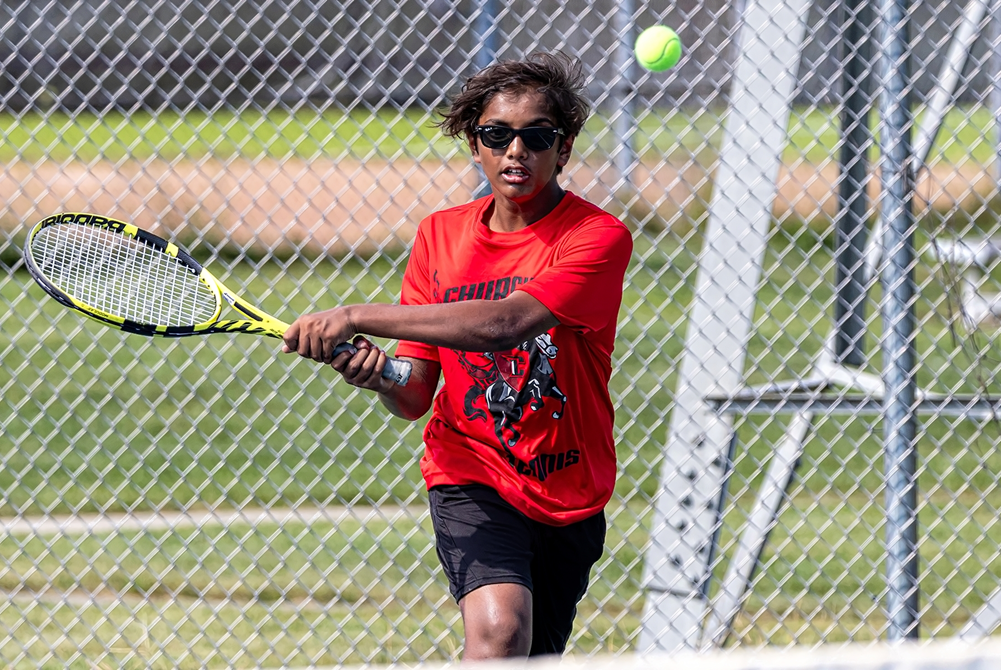
Beyond Fairness
April 11, 2017
One of the lessons I learned decades ago when I was employed at the National Federation of State High School Associations (NFHS) is that sometimes the playing rules are not fair.
The NFHS is the publisher of playing rules for most high school sports, and its rule books govern competition for most of the contests for most of the high schools in the U.S.
But the NFHS doesn’t publish the most fair rules. On purpose.
The rules for the high school level attempt to do much more than promote competitive equity, or a balance between offense and defense; they also attempt – without compromising participant health and safety – to simplify the administration of the game.
Unlike Major League Baseball, where umpires officiate full-time, and professional basketball, football and ice hockey where they officiate nearly full-time, the officials at the high school level are part-timers. They have other jobs. This is their avocation, not their vocation.
So the NFHS develops and publishes rules that minimize exceptions to the rules. In football, for example, there are fewer variables for determining the spot where penalties are enforced.
At the high school level, the rule makers intend that the rules be – for players, coaches and officials alike – quicker to learn, simpler to remember, and easier to apply during the heat of contests.

Be the Referee: Tennis Nets
By
Paige Winne
MHSAA Marketing & Social Media Coordinator
September 24, 2024
Be The Referee is a series of short messages designed to help educate people on the rules of different sports, to help them better understand the art of officiating, and to recruit officials.
Below is this week's segment – Tennis Nets - Listen
Let’s talk tennis… specifically, the rules around the net.
First – tennis nets are 42 inches high at the posts and 36 inches high in the center. And nets measure 42 feet wide.
Players and their equipment CANNOT touch the net during a point. However, a player’s follow-through can cross over the net if the ball was hit to the correct side of the court. But no part of the follow-through can touch the net.
Also, the ball must completely cross the net before it can be hit. If your opponent hits a high lob and you are standing at the net ready to smash a return – you must wait until the ball is completely over the net before hitting it.
Making contact with the net during play or hitting the ball before it’s over the net results in a loss of point.
Previous 2024-25 Editions
Sept. 18: Libero - Listen
Sept. 10: Cross Country Uniforms - Listen
Sept. 3: Soccer Handling - Listen
Aug. 24: Football Holding - Listen
(Photo by Douglas Bargerstock.)

